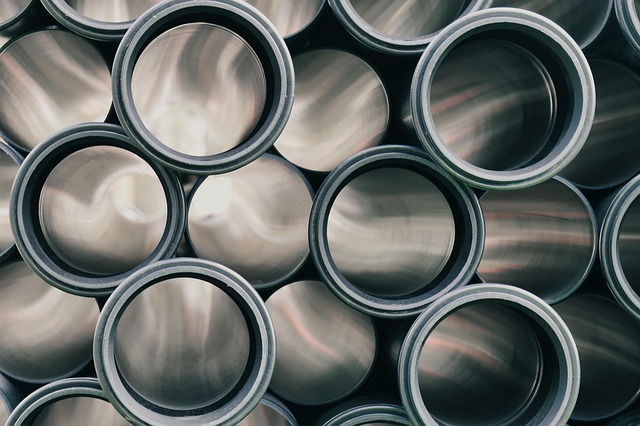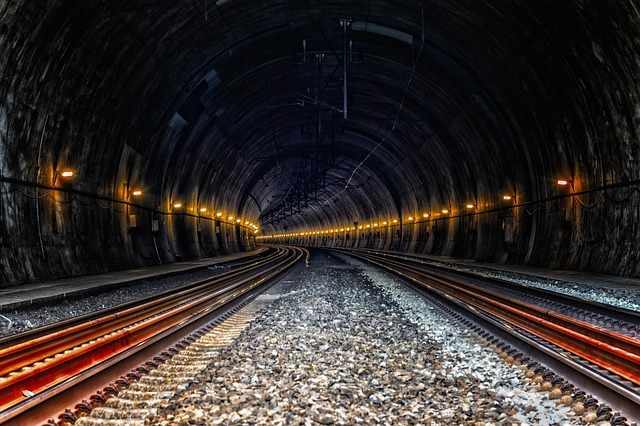Are you aware that your home’s septic system is a crucial, yet often overlooked, aspect of daily life? Understanding the intricacies of your drain field—a vital component in the septic system—is essential for maintaining a healthy environment and avoiding costly repairs. This article guides you through the basics of drain fields, equipping you to recognize common issues early on. By implementing proactive maintenance tips, homeowners can ensure optimal septic system health and prevent potential crises.
- Understanding Your Septic System: The Basics of Drain Fields
- Common Signs of Drain Field Issues You Shouldn't Ignore
- Proactive Maintenance: Steps to Prevent and Address Problems Early
Understanding Your Septic System: The Basics of Drain Fields

A septic system is a complex network designed to treat and dispose of wastewater from homes not connected to municipal sewers. At the heart of this system lies the drain field, a crucial component responsible for filtering and absorbing treated sewage. Understanding how it works is essential for effective septic system maintenance.
The drain field consists of a series of trenches or beds filled with gravel or other porous materials. Wastewater from the septic tank flows into these trenches where beneficial bacteria break down organic matter. The gravel allows water to percolate, enabling solid waste to settle while the liquid portion is further purified as it infiltrates into the soil. Regular inspection and maintenance, including monitoring for issues like clogged pipes, excessive moisture, or signs of root intrusion, are vital to ensure the longevity and optimal performance of your septic system’s drain field.
Common Signs of Drain Field Issues You Shouldn't Ignore

If you notice any unusual changes in your property’s drainage or wastewater management, it could indicate critical issues with your septic system. Common signs that something is amiss include slow drains, persistent bad odors, and pools of water accumulating around the drain field. Over time, these problems can escalate, leading to more severe consequences like system failure, environmental contamination, and costly repairs.
Regular inspection is key in preventing such catastrophes. Keep an eye out for clogs or unusual buildup in pipes, as well as any signs of soil erosion or moisture seepage near the drain field. If you observe these or other concerning symptoms, don’t delay; promptly schedule professional septic system maintenance to assess and address potential problems before they cause significant damage. Regular upkeep is essential for keeping your septic system running smoothly and ensuring its longevity.
Proactive Maintenance: Steps to Prevent and Address Problems Early

Regular septic system maintenance is key to preventing costly and time-consuming problems down the line. Proactive measures include scheduling routine inspections, typically every 3-6 months, to assess the overall health of your system. During these visits, professionals can identify potential issues like clogs, leaks, or damage to pipes before they escalate. Simple maintenance tasks such as clearing drain fields of debris and ensuring proper water usage also play a crucial role in prolonging the life of your septic system.
Additionally, staying on top of typical signs of trouble can help catch problems early. This includes noting unusual odours, slow drainage, or pooling water above the ground level near your septic tank. Addressing these red flags promptly can prevent more severe drain field issues and ensure your septic system operates efficiently for years to come.
Regularly monitoring your septic system’s health is key to maintaining a reliable drain field. By staying vigilant for common signs of issues, such as slow drainage, bad odors, or puddles of water near the tank, you can proactively address problems before they escalate. Implementing preventive measures like annual inspections and timely pumping will ensure your septic system operates efficiently, extending its lifespan and minimizing costly repairs. Prioritizing septic system maintenance is an investment in both your home’s integrity and the environmental sustainability of your drain field.
